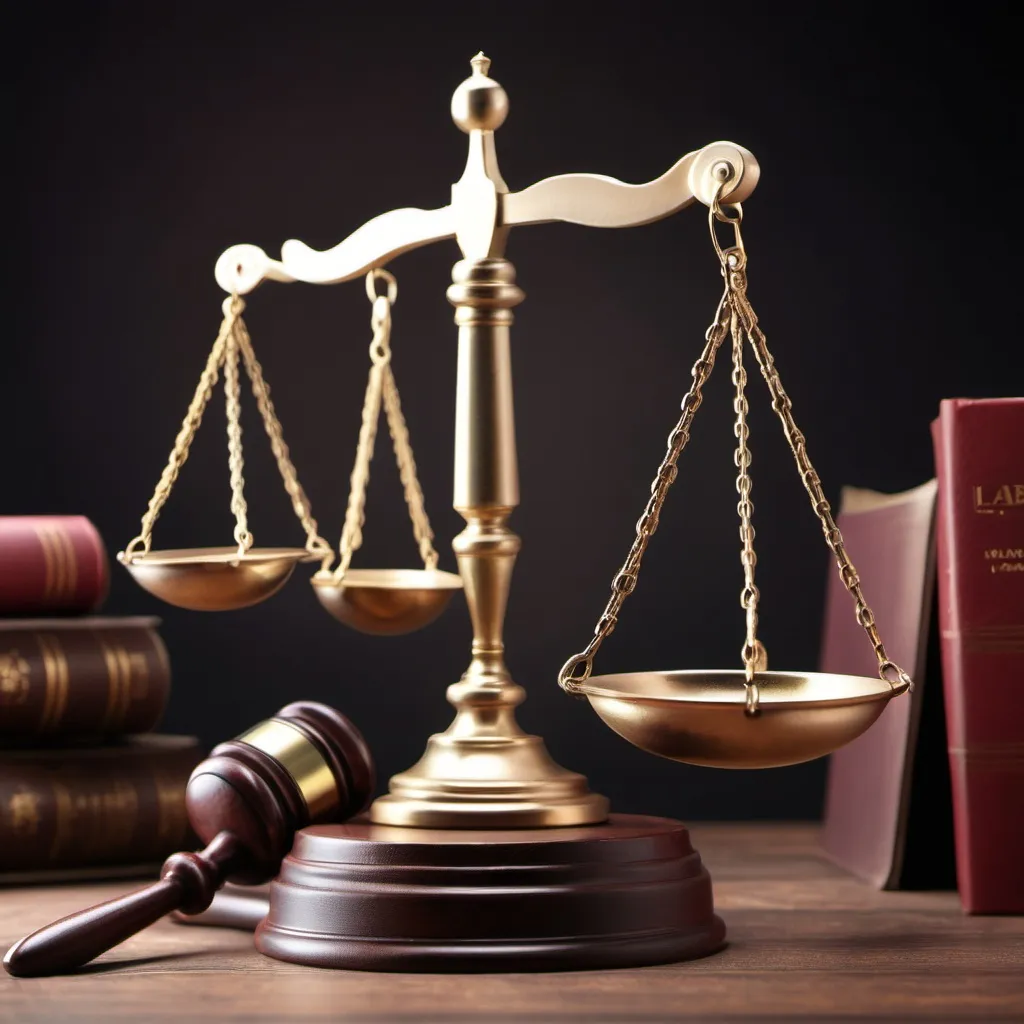Prison law plays a vital role in maintaining order, fairness, and the protection of human rights within correctional facilities. In Australia, this area of law is a nuanced intersection of state, territory, and federal regulations designed to balance the rights of prisoners with the responsibilities of the justice system. Understanding prison law in Australia is essential for legal professionals, policymakers, and advocates who strive to ensure accountability, justice, and humane treatment within correctional systems.
This article provides a detailed overview of the framework, principles, and challenges associated with prison law in Australia, shedding light on its significance and evolution.
The Foundation of Prison Law in Australia
Prison law in Australia is governed by a combination of legislation, case law, and policies specific to each state and territory. While the legal framework varies across jurisdictions, the underlying principles of fairness, rehabilitation, and protection of human rights are consistent throughout the country.
Key Legislative Acts
Each state and territory has specific legislation governing prisons and the treatment of inmates. Examples include:
- Corrective Services Act 2006 (QLD)
- Corrections Act 1986 (VIC)
- Crimes (Administration of Sentences) Act 1999 (NSW)
- Correctional Services Act 1982 (SA)
These acts outline the rules governing prisoner management, rights, disciplinary actions, and rehabilitation programs.
Human Rights Framework
Australia is a signatory to several international human rights treaties, such as the United Nations Standard Minimum Rules for the Treatment of Prisoners (Nelson Mandela Rules). While these treaties are not directly enforceable in domestic law, they influence the development and interpretation of Prison Law Australia. Additionally, some jurisdictions, like the Australian Capital Territory and Victoria, have human rights charters that explicitly include prisoner rights.
Rights of Prisoners Under Prison Law in Australia
Prison law in Australia ensures that inmates retain fundamental rights, even while serving sentences. These rights include:
1. Right to Humane Treatment
Prisoners are entitled to humane conditions, including access to food, water, healthcare, and sanitation. Overcrowding and substandard facilities often raise concerns about compliance with this right.
2. Right to Access Legal Representation
Inmates have the right to consult legal representatives and access courts to challenge their detention, sentences, or conditions of imprisonment.
3. Right to Safety
Correctional facilities are obligated to protect inmates from violence, abuse, and mistreatment by staff or other prisoners. This includes safeguarding vulnerable individuals, such as those with mental health conditions.
4. Right to Privacy and Communication
While privacy is limited in correctional settings, prisoners are generally allowed monitored communication with family, friends, and legal advisors.
5. Right to Rehabilitation
Rehabilitation programs, including education, vocational training, and psychological counseling, are critical aspects of the correctional system under prison law in Australia.
Balancing Security and Rights
A recurring challenge within prison law in Australia is balancing the security of correctional facilities with the preservation of prisoner rights. Security measures, such as searches, surveillance, and solitary confinement, are sometimes criticized for infringing on inmates’ dignity and mental health.
Solitary Confinement
Prolonged solitary confinement is a contentious issue in prison law. Critics argue it violates international human rights standards, as it can cause severe psychological harm.
Disciplinary Actions
Prison law provides frameworks for disciplinary measures, including loss of privileges or segregation. However, these actions must comply with principles of natural justice and proportionality.
Challenges in Australian Prisons
Prison law in Australia faces several challenges that affect its implementation and effectiveness. These include:
1. Overcrowding
Many Australian prisons operate beyond their capacity, leading to substandard living conditions and limited access to rehabilitation services. Overcrowding undermines the goals of the correctional system and poses risks to prisoner welfare.
2. Indigenous Overrepresentation
Aboriginal and Torres Strait Islander peoples are significantly overrepresented in Australian prisons. Addressing this disparity is a critical focus of prison law reforms, as it highlights systemic inequalities within the justice system.
3. Mental Health and Disability
A substantial proportion of prisoners in Australia have mental health conditions or disabilities. Prison law advocates argue for better support services and alternative sentencing options to address these vulnerabilities.
4. Accountability and Oversight
Ensuring accountability for misconduct by correctional staff and fair treatment of inmates remains a pressing issue. Independent oversight bodies, such as ombudsmen and human rights commissions, play a crucial role in upholding prison law.
Reforms and Future Directions
Prison law in Australia is constantly evolving to address emerging challenges and align with international standards. Recent reforms and initiatives include:
1. Alternatives to Imprisonment
Efforts to reduce incarceration rates include greater use of community-based sentencing, diversion programs, and restorative justice approaches.
2. Improved Rehabilitation Programs
Expanding access to education, job training, and mental health services within prisons aims to reduce recidivism and support successful reintegration into society.
3. Focus on Indigenous Justice
Programs like the Koori Courts and Indigenous sentencing circles seek to address the unique needs of Aboriginal and Torres Strait Islander offenders, promoting culturally sensitive justice practices.
4. Enhanced Oversight Mechanisms
Independent bodies, such as the Inspector of Custodial Services, provide transparency and accountability within correctional facilities, ensuring compliance with prison law in Australia.
Conclusion
Prison law in Australia serves as the backbone of the correctional system, ensuring the fair treatment of inmates while maintaining public safety. It is a complex field that requires continuous reform to address challenges such as overcrowding, Indigenous overrepresentation, and mental health concerns. By adhering to national and international human rights standards, Australia’s prison law framework strives to balance security, justice, and rehabilitation.
